It happens multiple times a day. A timid computer science student, beguiled by the music blasting from their headphones and the promise of an unfinished problem set waiting at their dorm, steps out to cross the bike lane. Eyes glued to their shoelaces, they are unaware of the motorized traffic flying toward them from both directions.
The biker zipping toward the crosswalk is the first to react. He slams the brakes, skidding to a stop just inches before impact. The scooterer behind him is similarly quick, and she stops safely, swerving into the left lane to avoid ramming into the biker’s back tire. Behind them, a skateboarder leaps off and gracelessly trips face-first in the grass, unable to overcome his inertia. His pricey electric skateboard rams lamely into a tree where it lays chipped and dirty, underbelly exposed, the battery light blinking.
The pedestrian wanders off, oblivious to the accident behind them.
Despite the clear danger the pedestrian poses in this all-too-common scenario, university policy endorses this sort of carelessness at bike lane crosswalks. According to UC San Diego’s negligent micromobility guidelines, it is always the responsibility of vehicles to yield the right of way to pedestrians. This is a policy that sounds nice on paper but often fails in practice. Our bike lanes would be safer and more efficient for everyone if bikes, skateboards, and scooters had the right of way.
Pedestrians, whose biggest threat is usually a car, need as much protection as possible from traffic; this is why so many traffic laws are designed to keep them safe. However, an on-campus bike lane is a completely different situation. The relationship between bike lane users and pedestrians is far more egalitarian. Pedestrians and bike lane users are equally dangerous to each other — one just happens to move faster. This policy encourages pedestrians to cross bike lanes irresponsibly, often leaving users of micromobility vehicles — some going as fast as 20 mph — with little time to react.
This policy not only makes bike lanes more dangerous, it also makes them less efficient. During passing periods, the swarm of pedestrians looking to cross the bike lane vastly outnumbers vehicle users. This is another distinction from car-heavy roads, where traffic generally either is ensured a chance to go by a traffic light or outnumbers pedestrians, making the occasional stop only a minor inconvenience. However, in a bike lane, where pedestrians are often lined up to cross, yielding the right of way to them would result in total blockage in between every single class period — exactly when it is most used.
A better solution? Change the policy. College students should be capable of looking left and right before crossing the road. Post signs around bike lanes informing pedestrians that it is their responsibility to check before crossing bike lanes. Include basic pedestrian skills as a mandatory part of new student orientation.
Scooters, bikes, and skateboards are not cars. For the sake of safety and efficiency, UCSD’s bike lane policy should stop treating them like they are.



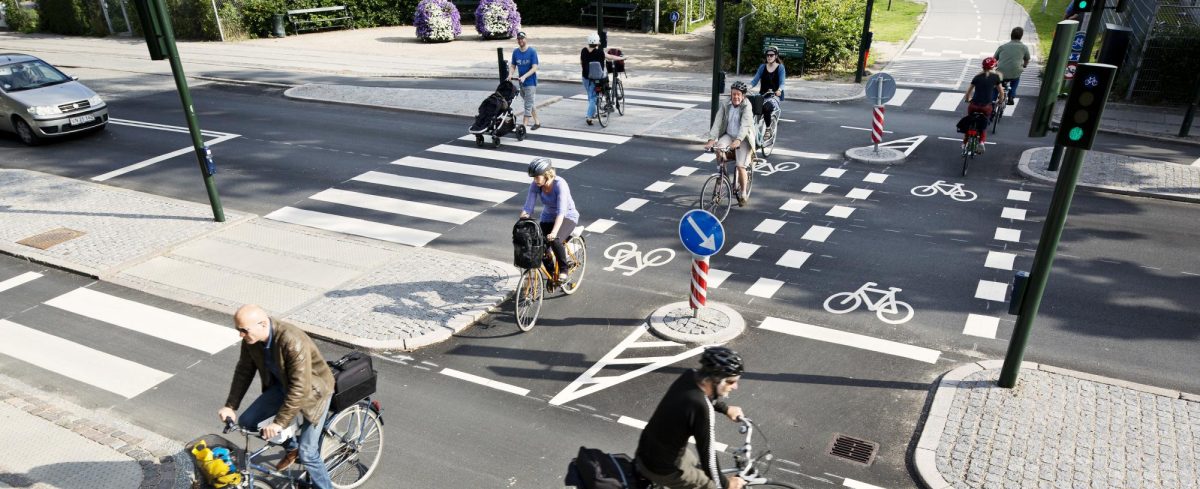

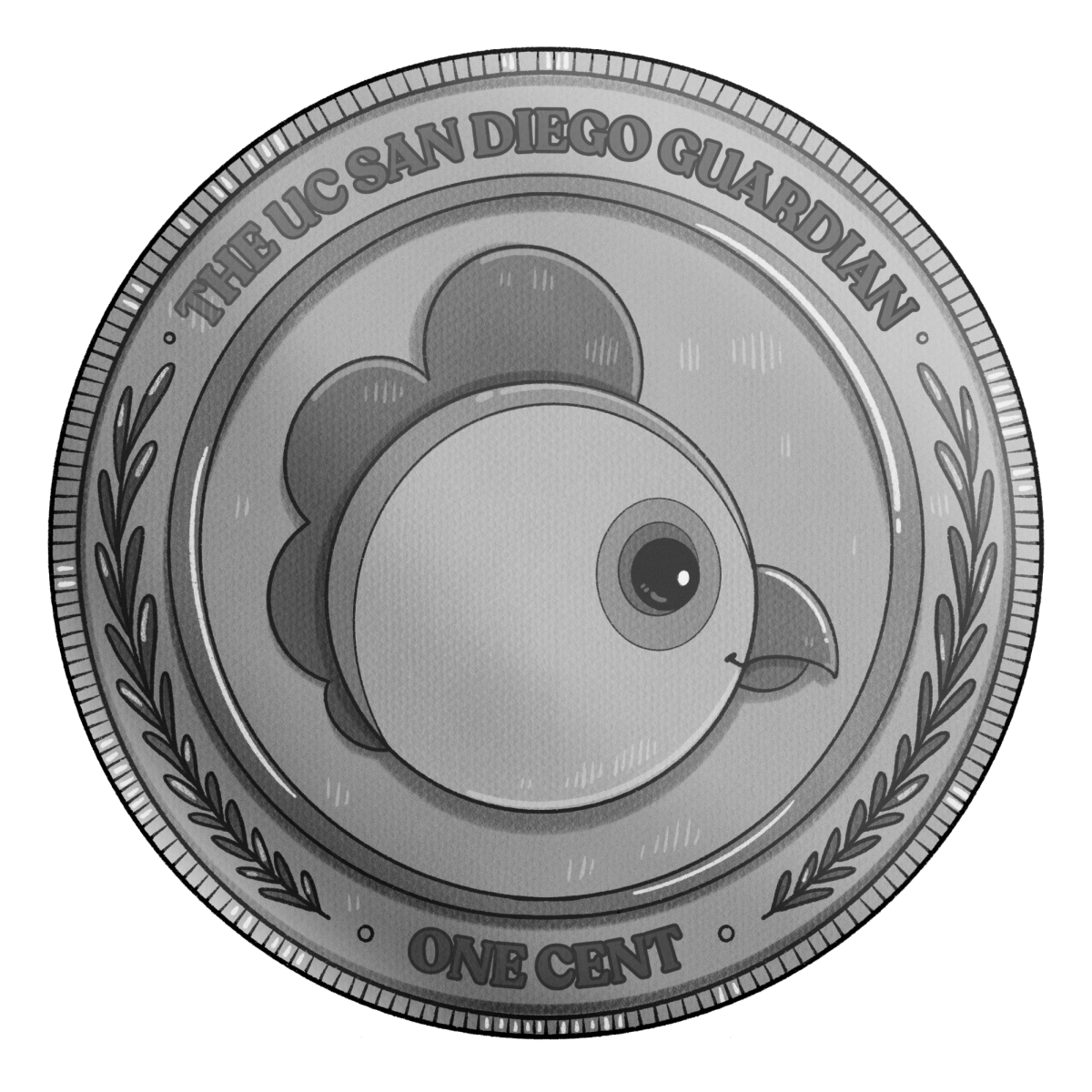
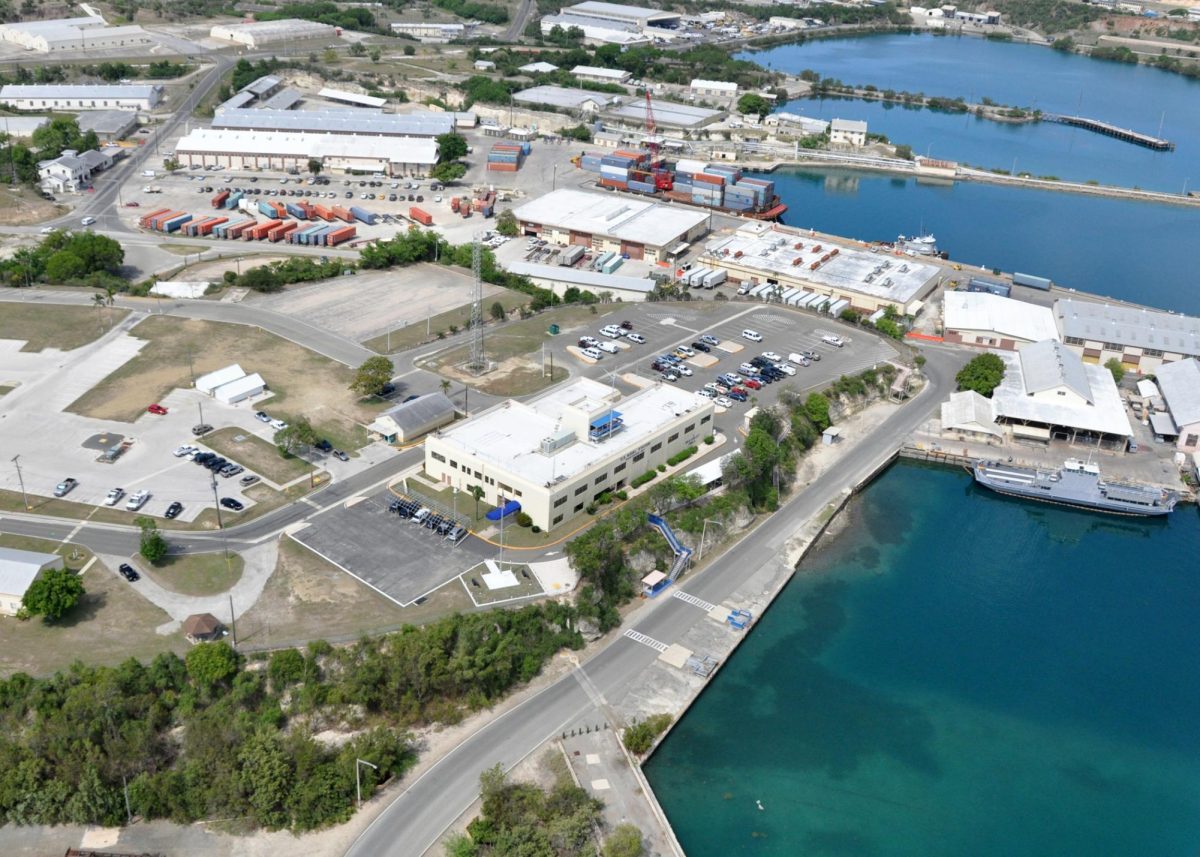

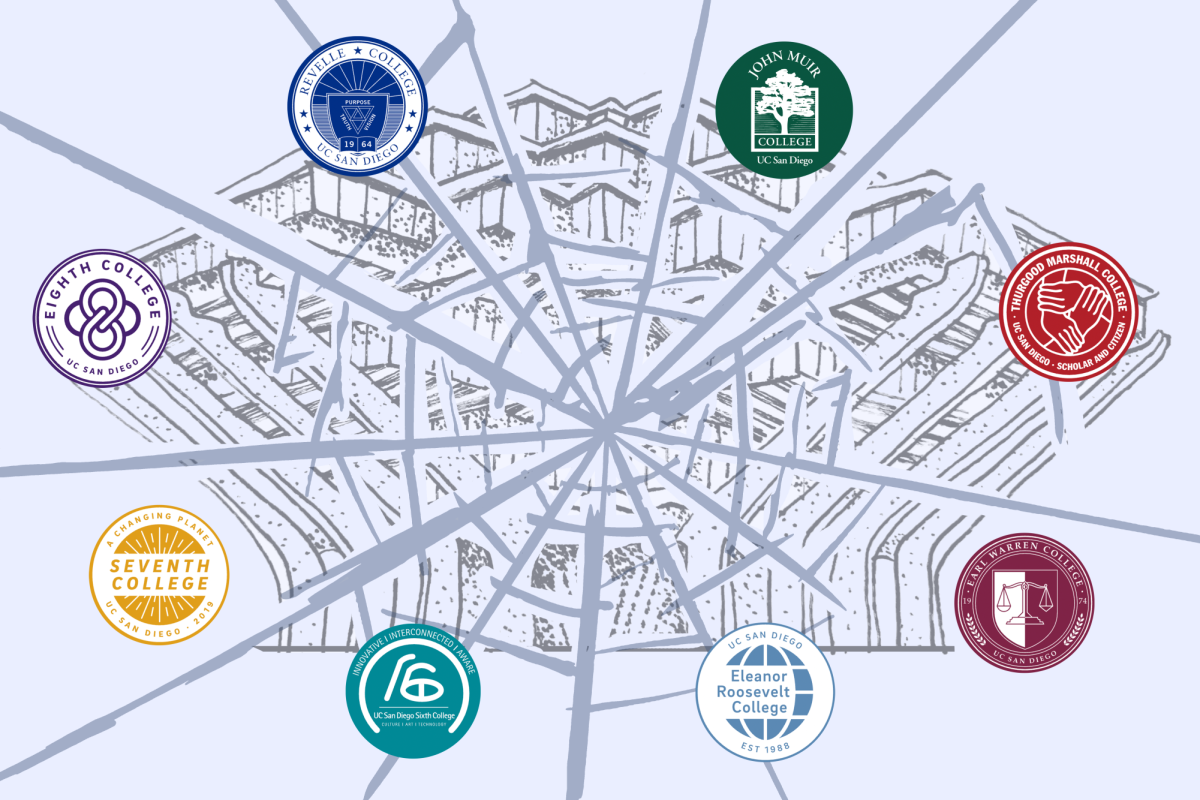
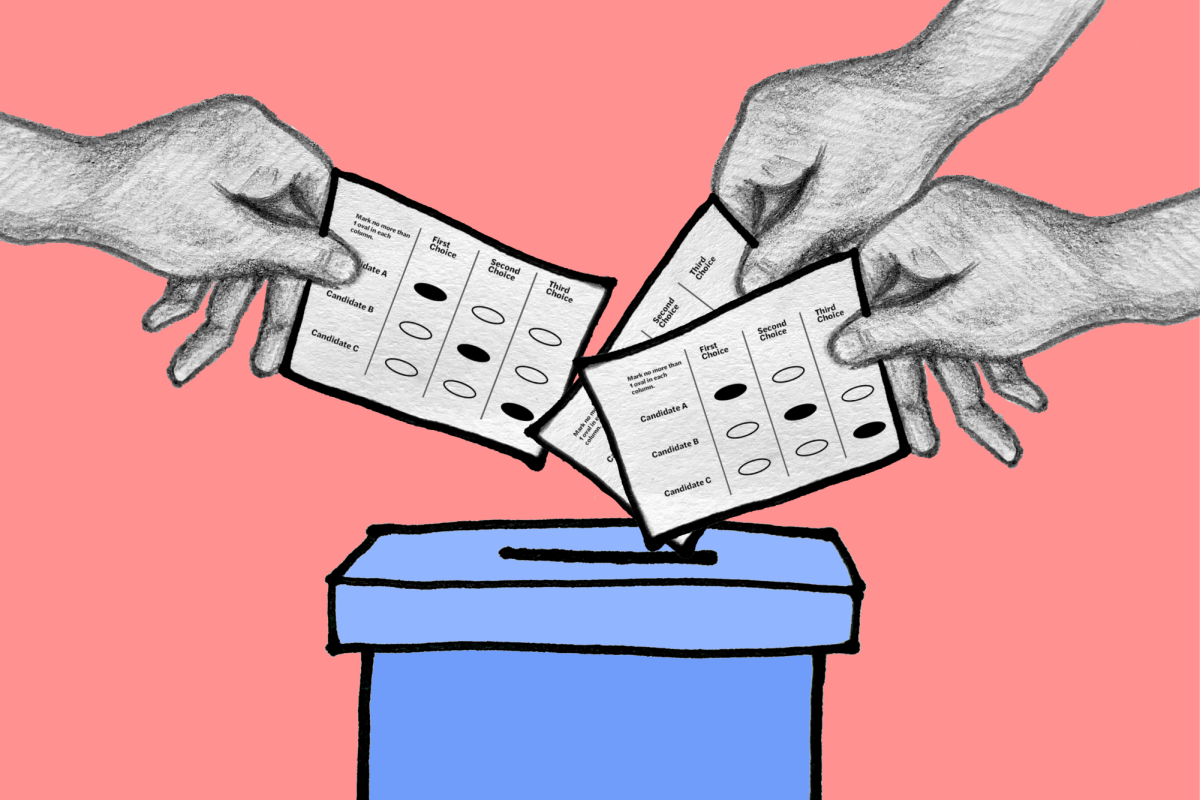
Tommy • Mar 6, 2025 at 5:42 pm
People that disagree with this article haven’t had to wait for a whole lecture hall to cross the street. If pedestrians were more aware, everyone would get to where they need to go a whole lot faster.
Frank • Feb 25, 2025 at 6:29 pm
I think using a micromobility device comes with a lot of standard vehicular responsibilities, one of which is slowing down near intersections. If a rider preemptively slows down they would have enough time to avoid a collision.
June • Feb 25, 2025 at 2:20 pm
Stupidest thing I’ve ever seen. If you couldn’t bike safely and learn to yield at intersections then you don’t deserve to have a bike/scooter.